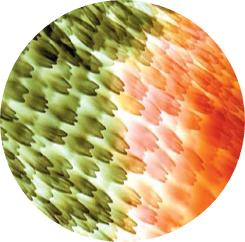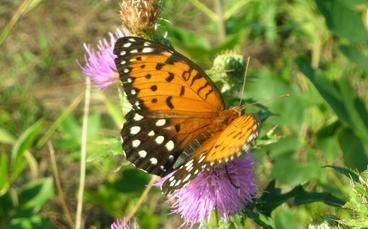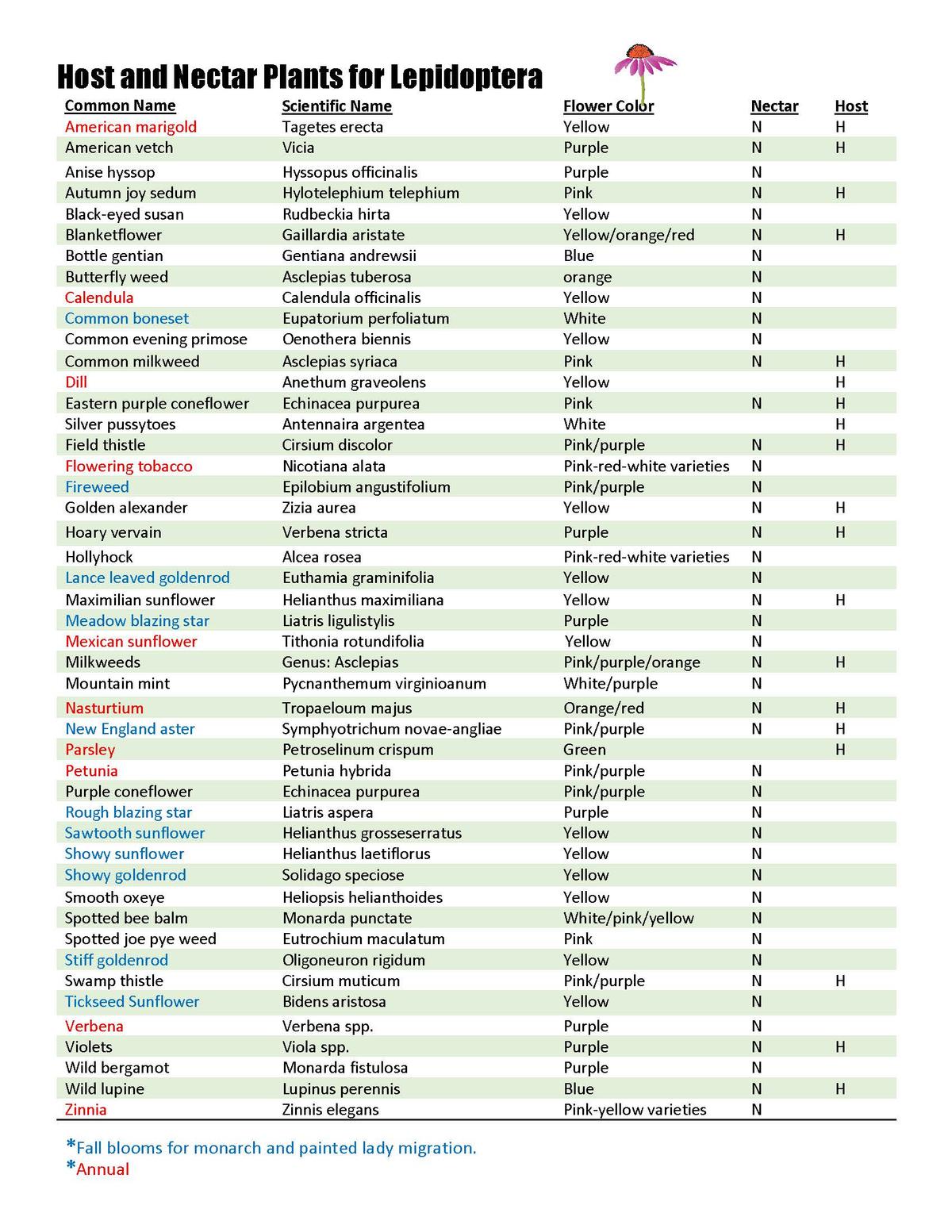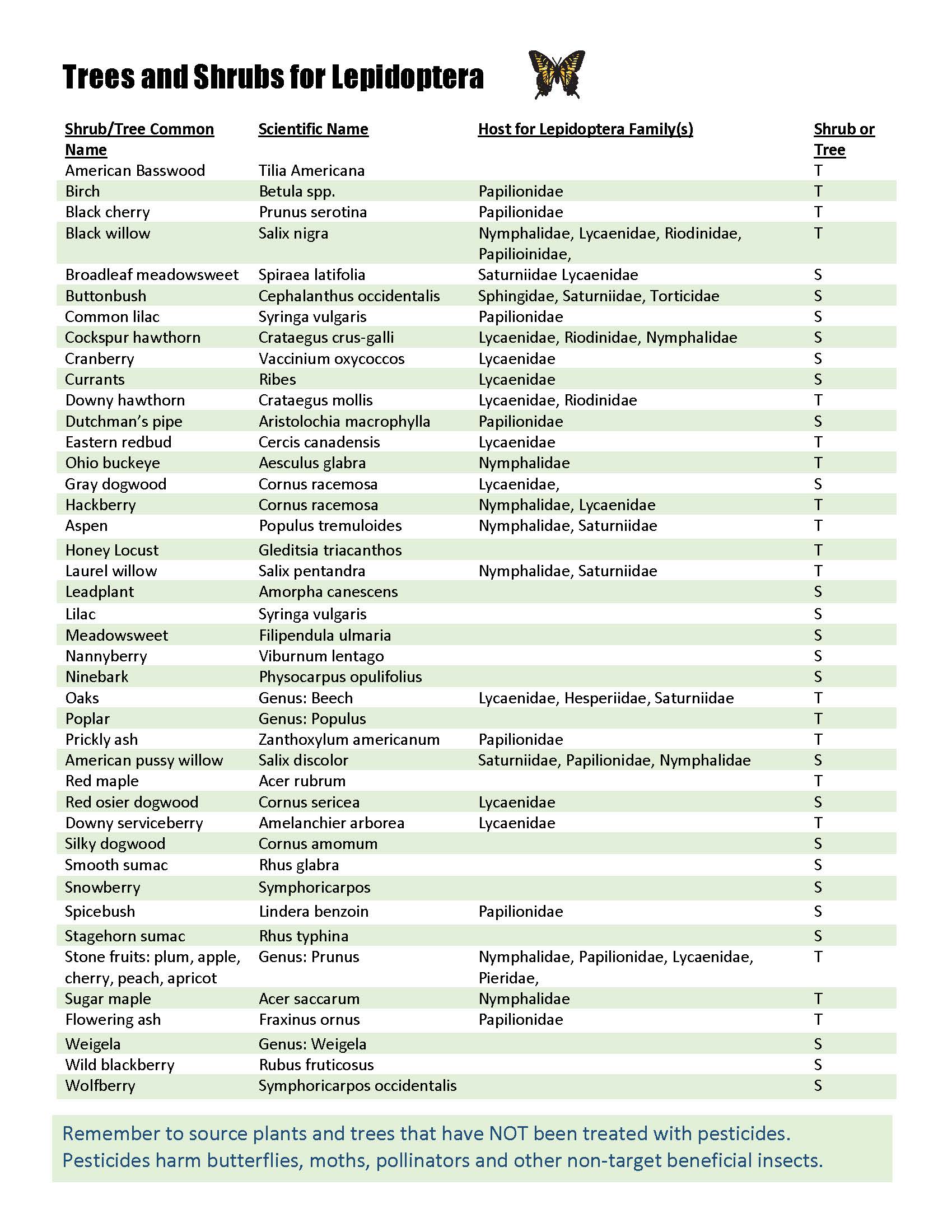
What a butterfly is
The insect order Lepidoptera consists of butterflies, skippers and moths. The name refers to the tiny scales covering the adult insect's wings.
- An estimated 150 butterflies and skippers, plus 1000's of moths exist in Minnesota.
- 15 Minnesota butterflies are listed as endangered, threatened or special concern.
- 10 of these 15 butterflies depend on prairie habitat.
- 8 of these 15 butterflies are likely extinct in Minnesota.
Principles of Butterfly Conservation
- Habitat Conservation is a priority for safeguarding butterflies and other beneficial insects. Unfortunately, only 1% of original prairie habitat is left in Minnesota. Many species depend on this type of habitat and the species of plants that inhabit it. If we can increase native prairie habitat in urban and rural areas, the butterflies and also birds will come along with it.
- Provide season-long habitat for all life stages, including three different plant types:
- Host plants (for egg laying & caterpillar food).
- Nectar plants (food for adult butterflies).
- Protected areas (such as tall grasses and shrubs to pupate, rest, hide from predation, and overwinter).
- Avoiding the use of pesticides is one of the most important conservation decisions we can make. Pesticide drift and contamination from industrial agriculture is a major contributer to butterfly die offs.
Steps to Conserve Butterflies
- Provide host and nectar plants that butterflies prefer. Plantings of host plants do not require any sacrifice of flowers and colors. Plants such as yellow sunflower, black-eyed susans and goldenrods, pink joe-pye weed and fireweed, red bee balm/bergamot, and Mexican sunflower, purple coneflower, verbena, wild asters, ironweed and tall buddleia provide plentiful color.
- Include multiple habitats for different needs, such as sheltered areas for egg laying which would include a row of shrubs or trees. This is important to butterflies for a number of reasons. Butterflies prefer to feed and lay eggs in sheltered areas, where they can find nearby warm areas to sunbath, and shelter from predators and wind gusts. A row of shrubs or trees can make a dual-purpose windbreak if plants that also provide food for moths or butterflies are selected. Place tall plants at the back and the sides of the butterfly garden for additional protection. Consider keeping a bowl of wet sand or creating a mud puddle in your garden to encourage butterfly puddling. Use biodiversity as a guide to include a variety of water, protection, sun, flowers, grasses, shrubs and trees.
- Reduce or stop using pesticides. Instead, accept some plant damage, build biodiversity and soil health for natural pest control. If pesticides are necessary, use more benign spot treatments and alternative control methods such as oils, soaps, and microbial insecticides such as Bacillus thuringiensis (Bt). Remember that oils and soaps still kill caterpillars if sprayed directly on them and caterpillars also will die if they feed on plants treated with a Bt formulation that is toxic to them.
- Use integrated pest management (IPM) to control insects and diseases:
- When choosing plants, pick naturally resistant plants.
- Inspect and monitor your plants' health on a regular basis, before problems are out of control.
- Instead of routinely spraying for insects, spot treat problems with soft pesticides such as insecticidal soaps, oils, and biorational products such as spinosad.
- Adopt biorational practices that use naturally occurring biological control agents, such as parasitoids and predatory insects.
-
Plant both annual and perennial plants for butterflies. Some plants, shrubs or trees produce nectar AND pollen, others only produce one or the other. Some plants and trees are also host plants for larvae and others are not. Remember to source plants and trees that have NOT been treated with pesticides. Pesticides harm butterflies, moths, pollinators and other non-target beneficial insects.




